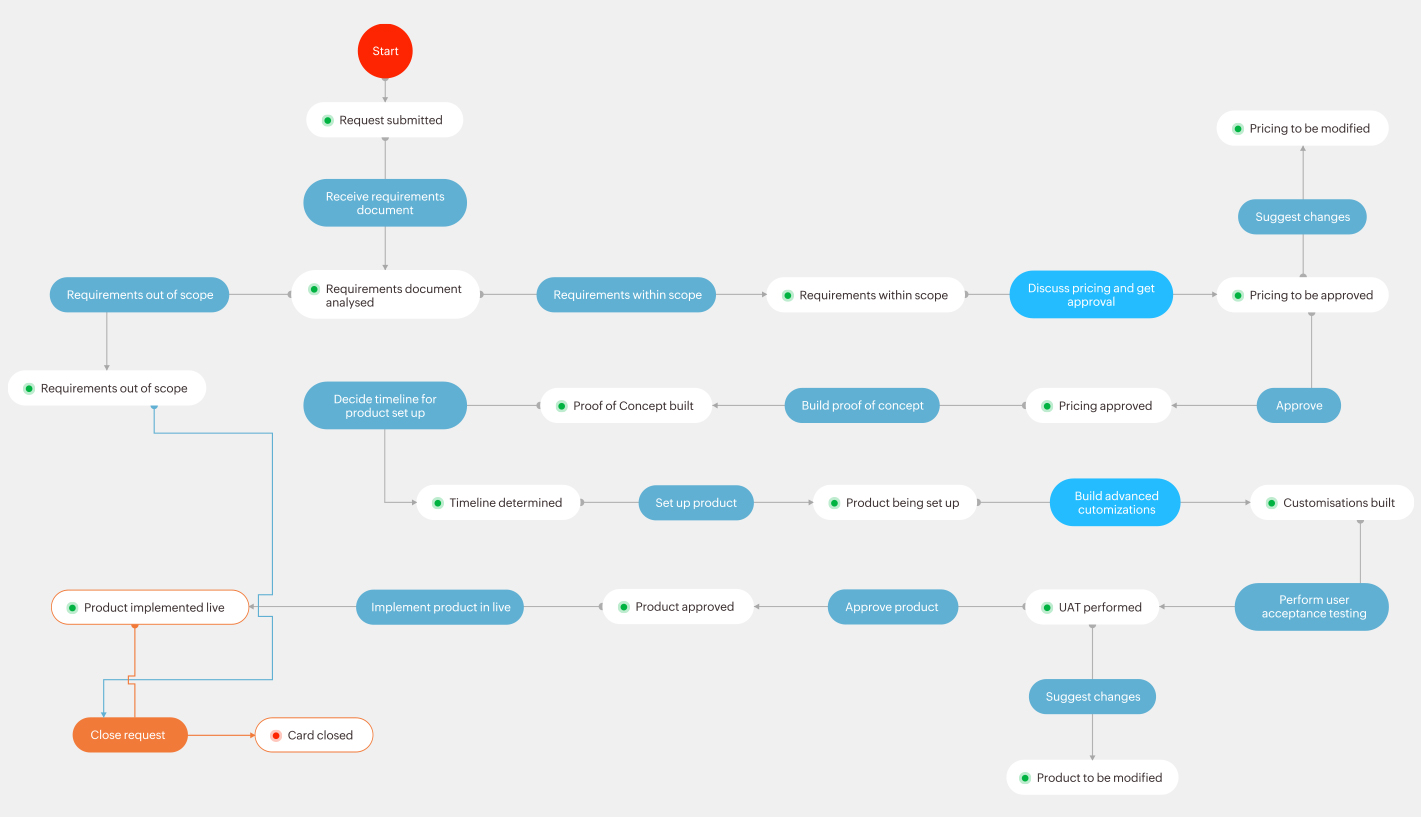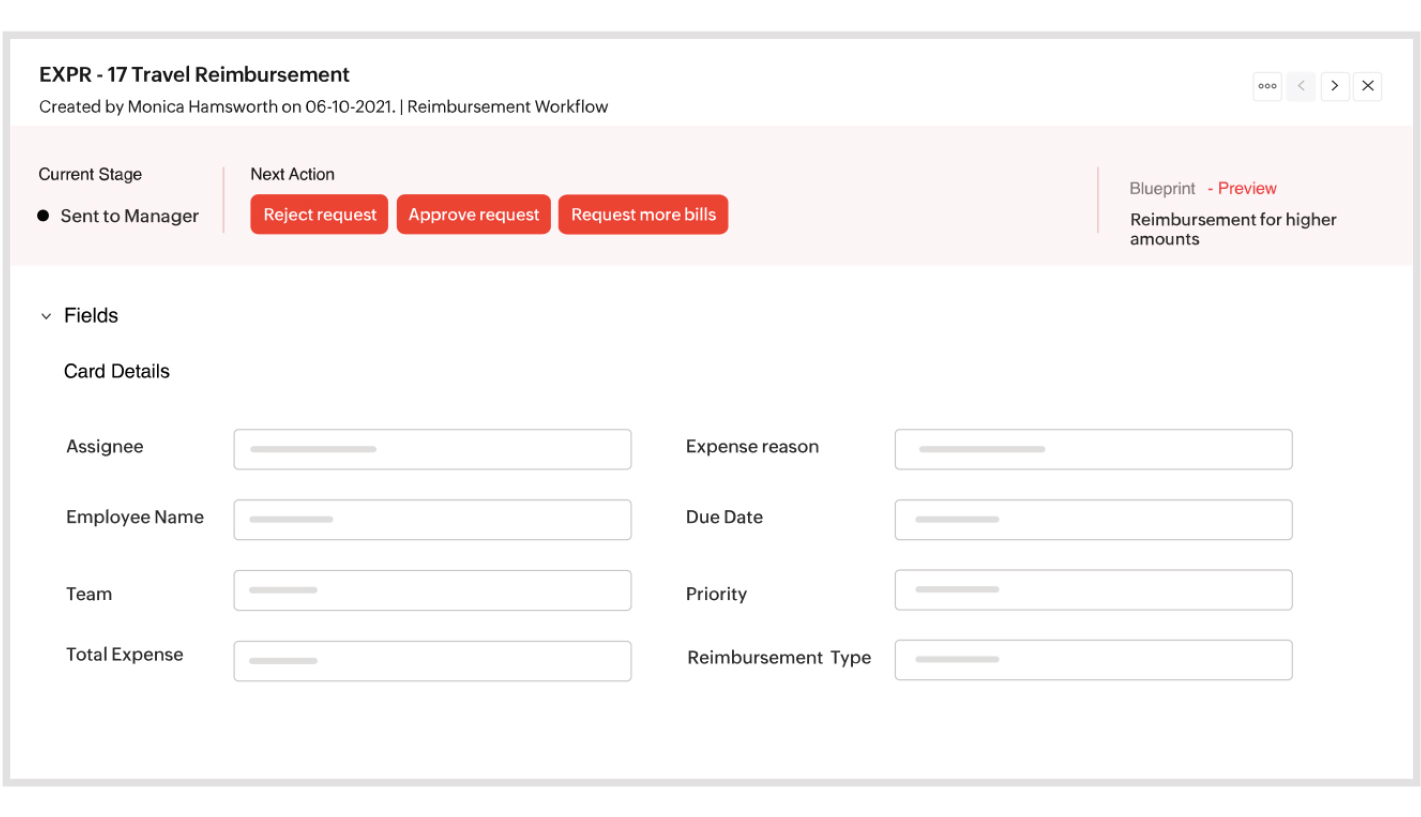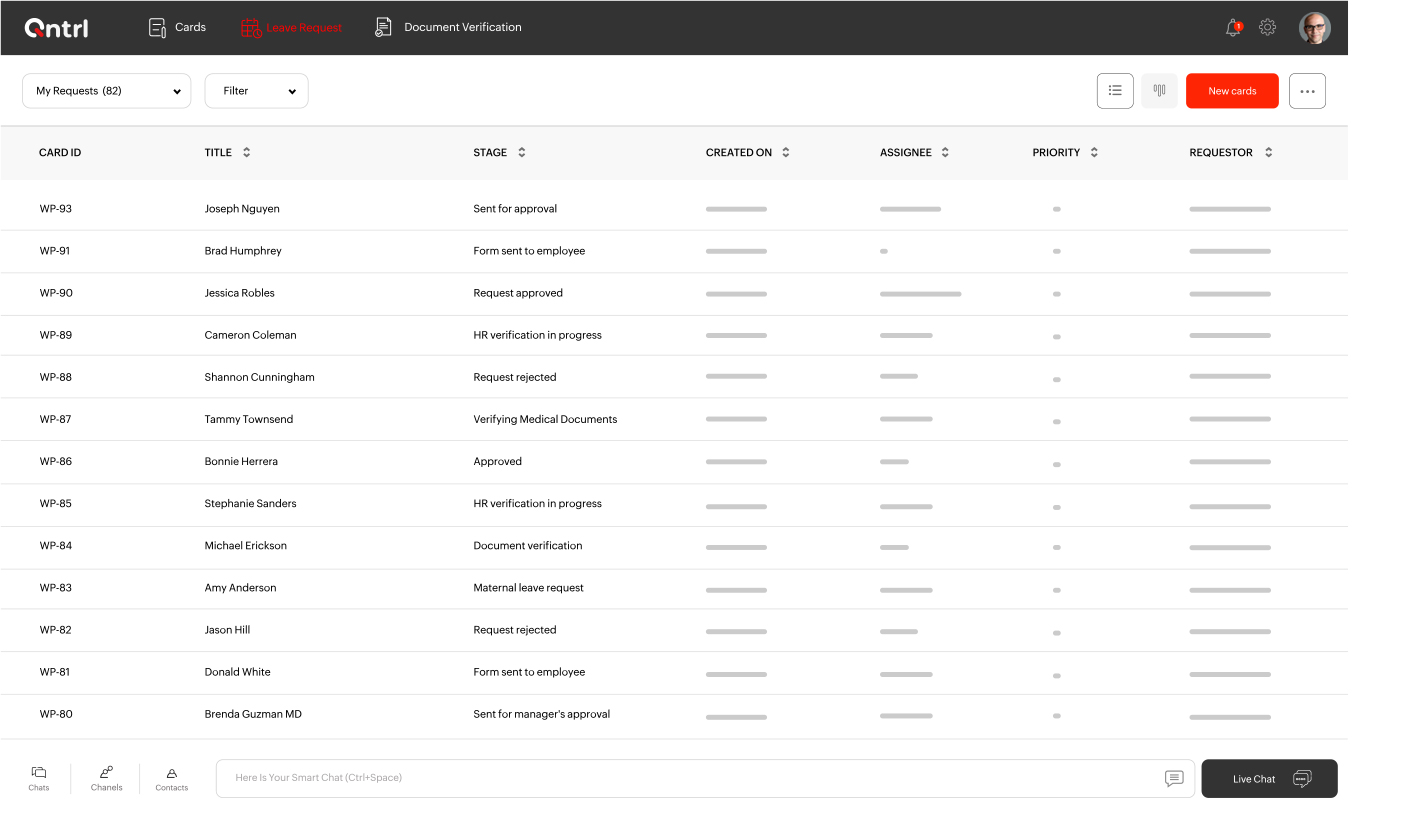Productivity is crucial to every manager. While some managers assess productivity by calculating the time put in, others feel it's the number of tasks that matters. However, we all know there is much more to productivity. Quality output, profitable quantity, and timely work and efficiency are generally believed to be the key metrics to productivity.
A decade back, it was safe to argue that rewarding employees meant more productivity and loyalty. But today, managers are having to strive even harder to not only keep their teams' drive alive but also to retain them. To get a better understanding of this phenomenon, I started talking to managers working in different verticals to learn the core issues that seem to threaten productivity. First, I'll start with the problems.
One thing that many managers constantly complained about was a lack of procedure. In other words: a lack of standardization! Like most things in life, every task needs a formula. Simply put, an established way to do things makes it easier to fulfil a task without an operational nightmare. It boils down to rules for each process—for example, a set sequence of tasks or procedures to be followed by employees at all times.
The second popular problem was monotony. Let's all agree that repetitive tasks that can be done by anyone aren't particularly rewarding. Right? The same email to the same person every now and then is an annoyance. But can it be ignored? No! Someone or somehow, those monotonous repetitive tasks have to be carried out—and many managers feel that this is the major reason employees end up disinterested in their work.
The first two I had an idea about, but the third problem got my attention. Some said, "my firm, technology-wise, lives in the past". But while a lack of technology is a serious issue, the problems don't end there. The list just goes on—a lack of communication, planning, time management, and more.
Can one thing solve or reduce these issues? Yes! BPM software like Qntrl aids in operations so that your employees can shift their focus from doing repetitive tasks to projects that add more value to your bottom line. Research has revealed that 74% of business leaders believe segments of their jobs could be automated. Let's see how workflow automation can enhance productivity and efficiency in organizations.
Improving standardization
By using process automation, every process, step, action, and piece of data is well documented. So for every event where humans need to intervene, it's clear which steps to perform. Additionally, complex tasks are simplified when predefined rules are mandated. Say, for example, if your finance processes operate with no guidelines, all you can expect is chaos. The alternative is having a blueprint that defines how tasks flow, who assigns them, when the approvals are given, and when the task is ready to be closed. There's no confusion and everyone on the team knows exactly what, when, and how things have to be done.

Beating monotony
Automation helps you reduce manual work and automate repetitive, mundane tasks. In fact, 70% of corporate executives say process automation could save them up to 30 hours per month, while over 80% believe workers could save 60 hours per month. Take, for example, data entry on forms. Forms that automatically populate are filled out using data from connected databases. This data is validated automatically to ensure accuracy. This not only makes it easier to fill out forms, but also eliminates delays caused by inaccurate documents being sent back down the chain to be corrected.
 Better use of technology
Better use of technology
Efficient use of technology not only speeds up operations but also lowers labor expenses and boosts workflow scalability. Here are some of the benefits of using workflow automation technology:
Reduce errors
Humans can't beat computers when it comes to identifying errors and rectifying them. Missing information, wrong inputs, and calculating pretty much everything becomes easier with automation.
Manage multiple tasks
Centralize everything, whether you want to onboard workers, handle IT needs, conduct internal surveys, request marketing material, or authorize trip reimbursements.
Enhance transparency and control
Increased communication between employees and departments reduces bottlenecks and increases efficiency. Digitizing and mapping tasks opens space for complete control over tasks and benefits administrators in workload management. With a system in place, you can not only create, assign, execute, and manage tasks but continuously analyze the performance and growth of the organization.

Access contextual data
Integrate your enterprise systems and in-house tools with process automation software to access and manage data effortlessly. Include dashboards, calendars, calculators, KPI analysis, and other tools that can be made available for efficient operation.
Ensuring productivity is a must to sustain growth in highly competitive markets that we see today—and it's essential to use the latest technology to do it. Lots of research analyzing productivity and the contribution of process automation has time and again proven that productivity enhances when good workflow automation software is in place. Employees become more accountable and managers more informed, ensuring tasks are intact. So, the answer to our question? Productivity definitely increases when workflow automation is introduced in companies.
Curious to see this in action? Get a personalized demo and request to see a product launch today!







